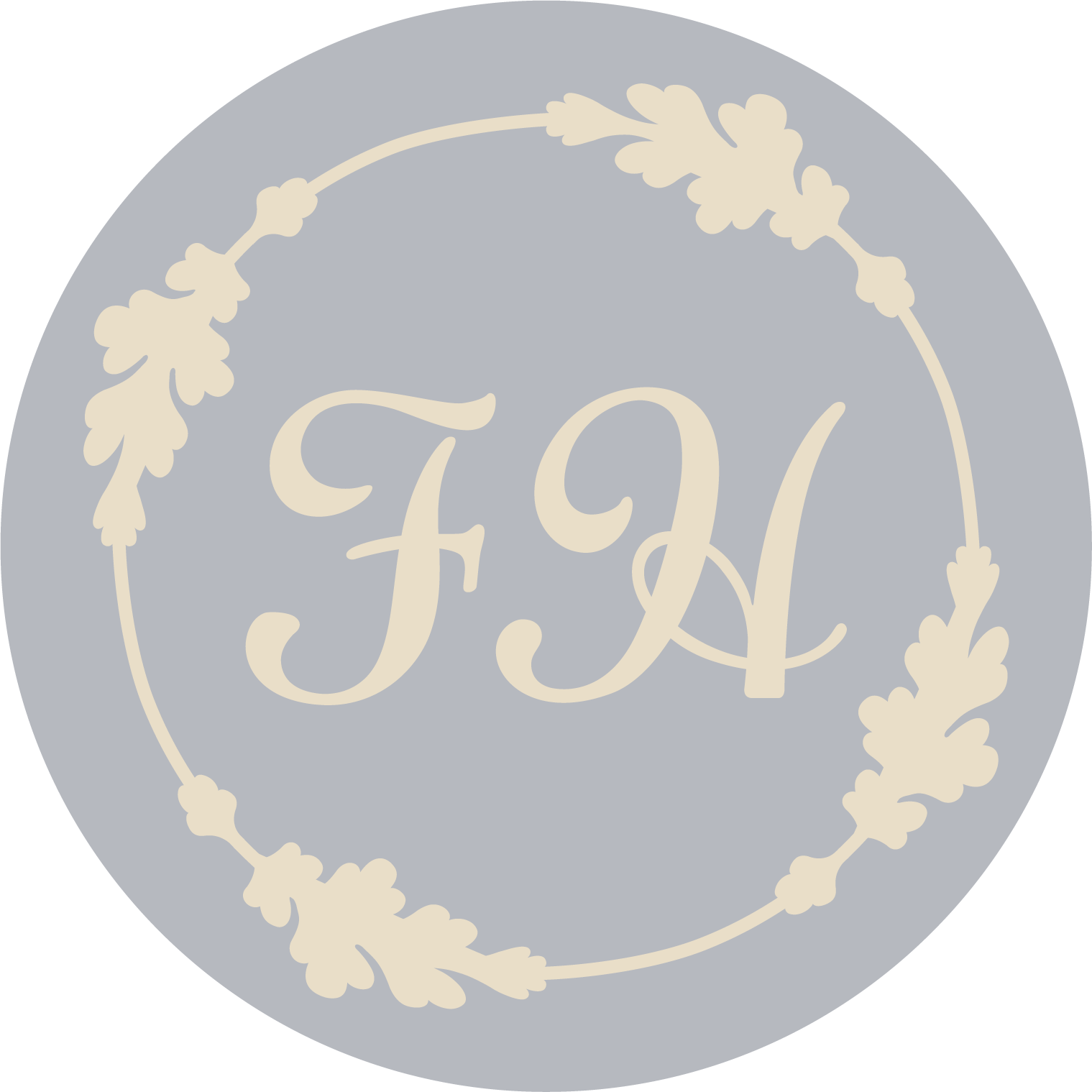A Period Bathroom at Minimal Expense!
We recently completed renovation of a dated bathroom to a charming period piece. The work spanned three years because we were busy and I started demolition prematurely in my excitement for the project. It was a long slog, but it did not need to be.
I approach my projects in the following manner. The steps are assessment, strategy and design plan, execution and evaluation. This is a good way to start any project. This process is not always linear. Demolition may provide key information that changes the assessment. Then, one starts over, but with more information! This is the “mushroom” factor. With more information the project mushrooms out of control and budget. This is a common old house problem.
My assessment concluded that it is a small bathroom; 6.5 feett square. The claw foot tub was boxed in for a modern streamlined look, but the legs were present. The original light fixtures and plaster walls were gone. The paper wallpaper of historic salmon can labels were damaged and water stained. A large piece of the salmon can wallpaper was framed and is in the service staircase! However, we had original door and window molding, wainscot, radiator, one panel door and hardware, claw foot tub, sink, and new toilet. In general, the bathroom was dated, terminally cute and needed a period look.
My strategy was to minimize cost by retaining historic elements, not moving the placement of the plumbing fixtures and purchasing needed items at the salvage yard. It was essential to minimize professional labor of our plumber, radiator guy and carpenter. As always, do no harm to the historic structure and document work.
My design plan was a c. 1915 bathroom with polished nickel hardware and well executed detail. Colors would be cream trim, a rich gold color with white plumbing fixtures and light shades. I would have loved to do intricate mosaic tile, but it was out of my budget.
The execution of the plan was careful deconstruction and then work from the top down. Supplies and parts were gathered. Shopping at the salvage yards takes patience and the luck!
I painted the ceiling a warm white. The 80’s light fixture was replaced with an antique fixture from Craig’s List. I ordered missing parts and Pete rewired it. I found a simple ceiling medallion. The light fixture canopy holds it in place. It is not permanent or historically accurate, but I like the look.
The large cove molding is from the salvage yard! My carpenter stated it was a bargain! Since the walls were not square, we used corner blocks at my carpenter’s suggestion. Installation of the cove molding was a breeze. This was a great tip!
I exercised my creativity with wallpaper. I favor thick embossed English wallpaper called Anaglypta. I painted the base coat and then the relief. I utilized a solution of 2 parts glaze and 1 part trim paint with a small sharp tipped brush. The glaze thins the paint to be more translucent and lengthens the drying time. This gives more time to work the desired effect.
The wainscot was sanded, patched, primed and painted after four layers of paint were removed with a razor blade scraper. This was a lengthy process, but worth it to retain this old woodwork.
The oak tongue and groove floor is prefinished and was $1 per square foot at the salvage yard! We installed it with my carpenter, as he has a floor nailer. It is not ideal to have a prefinished wood floor in a bathroom. If it is damaged from water, I will sand it and paint it. Many old house bathrooms have wood floors. It was affordable
The baseboard and chair rail moldings were from the salvage yard. Again, small baseboard corner blocks made the installation job easier.
We had the plumbing fixtures and radiator reinstalled by professionals. After the tub was installed, I painted a black racing stripe on the tub! It’s inexpensive and provides high visual impact.
I collected polished nickel hardware accessories. Polished nickel is the period finish for the pre 1930 bathroom and has a warmer tone then chrome. Two white hexagon light shades were a perfect find at the salvage yard for $5 each.
We have a design problem of a lack of storage for toiletry items. However, there is a cabinet outside the bathroom. Guests using the first floor bedroom can use a plastic bin for things that they need in the bathroom. This bathroom functions as a powder room for the first floor, so it works.
It was exciting to finish before the family Thanksgiving. We are now working on our master bathroom, following the same process. Hopefully, the master bath will not take three years. I am hoping for six months!
